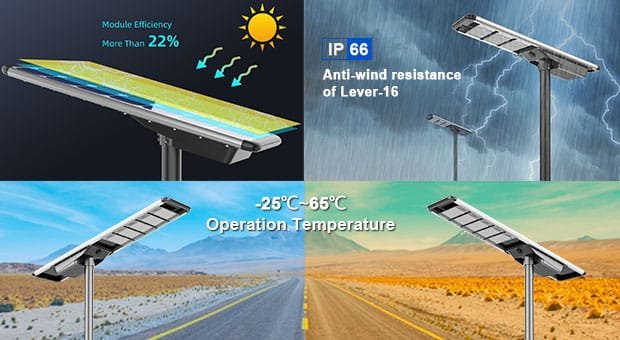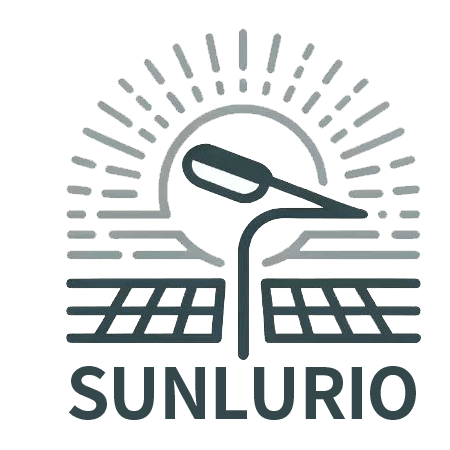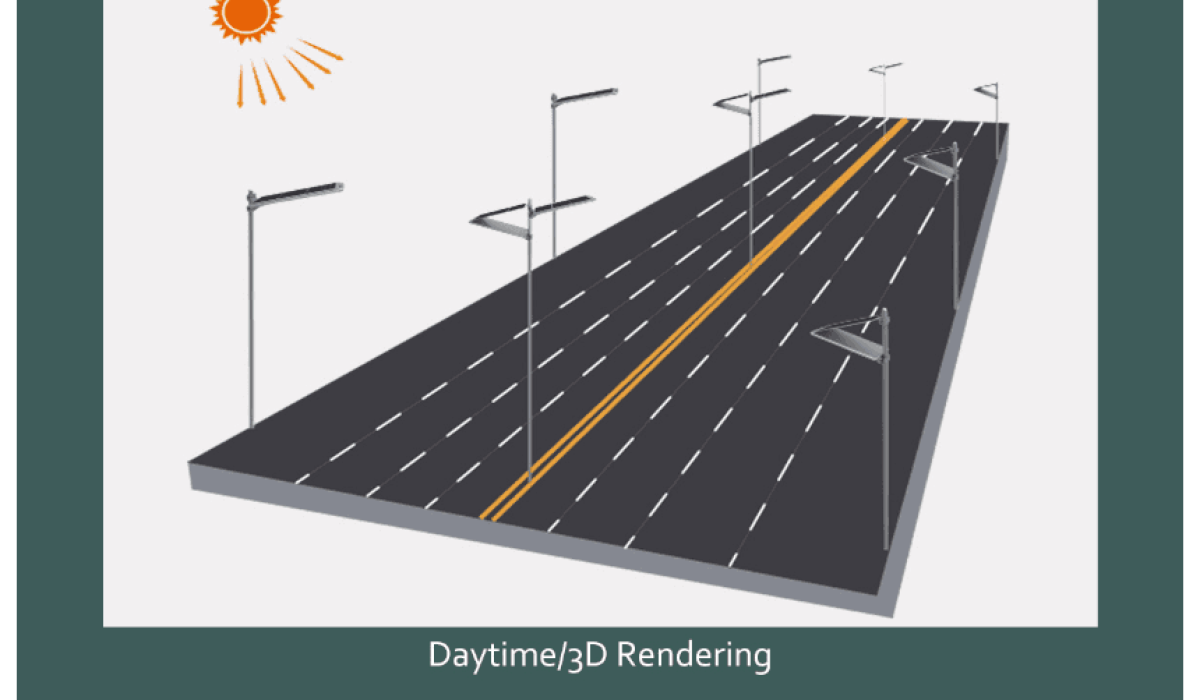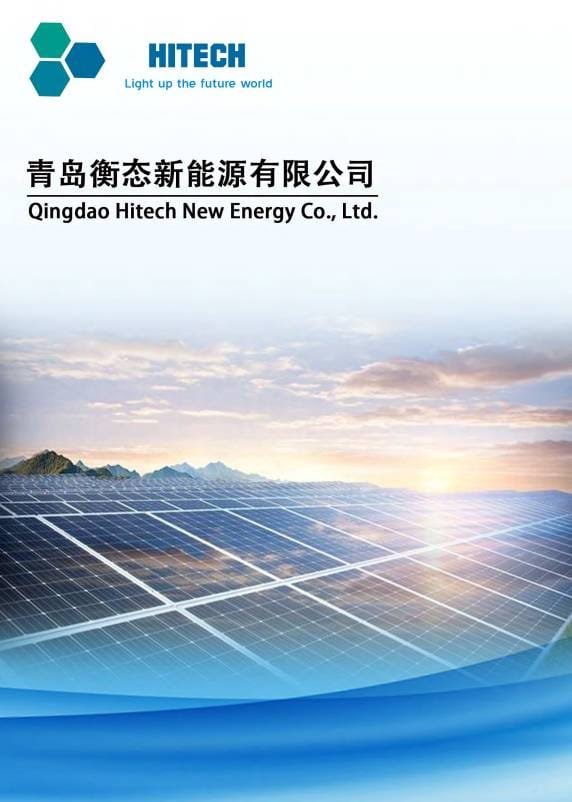If your solar lights fail during cloudy weather or under tree shade, you're not alone. But before replacing the battery, try USB charging, artificial lighting, or indoor placement. I've tested these methods across real projects—and they work.
After 15 years managing solar street light deployments across East and Central Africa, one issue keeps coming up: “What do we do when there’s no sun?”
Whether you’re installing lighting for a rural clinic in Uganda or running a smart-city pilot in Nairobi, weather and shade are realities. The good news? Solar lights can operate reliably—even with limited sunlight.
In this guide, I’ll share exactly how we’ve made solar work in cloudy, shaded, and even indoor environments—using practical tools and project-tested methods.
Do Solar Lights Work Without Sunlight? Understanding Energy Capture in Low-Light Conditions
We all get this question: “Do solar lights work without direct sunlight?” Or from a procurement officer: “Will these charge in a shaded compound?”
Yes. High-quality solar lights can still charge from indirect daylight or even artificial sources—just less efficiently than under direct sun.
What Happens on Cloudy Days?
Even in overcast conditions, photons still penetrate the cloud layer. PV cells respond to this diffused light—just at a lower efficiency.
In our Kampala hospital lighting project, we saw charge levels drop to ~30% on rainy weeks, but by optimizing angles and using USB hybrid lights, we maintained functionality without outages.
The Real Problem Isn't Sun—It's Light Intensity
If your solar lights stop working after a few cloudy days, chances are the battery isn't the issue. It's just undercharged.
How Do Solar Lights Work? Why Direct Sunlight Speeds Charging—but Isn’t Always Essential
Let’s break it down: solar panels work through the photovoltaic effect, where light (not just sun) is converted to electricity.
The more intense the light source, the more power your battery receives.
Types of Panels and How They Perform
| Panel Type | Efficiency Rate | Best Use Case |
|---|---|---|
| Monocrystalline | ~20% | Street lighting, smart city projects |
| Polycrystalline | ~15% | Garden, perimeter, or budget setups |
Key insight: Polycrystalline cells lose efficiency faster under low light. Monocrystalline modules maintain charge in overcast conditions—why we only use mono panels in government-grade systems.
7 Proven Ways to Charge Solar Lights Without Direct Sunlight
When sunlight isn’t reliable—during rainy seasons, or in shaded areas—we apply hybrid or supplemental charging strategies.
Here are seven methods we’ve used successfully in municipal, NGO, and off-grid projects.
1. Use LED Lamps or Incandescent Bulbs Indoors
Indoor light sources can activate solar charging. In a recent Rwanda pilot, we placed panels under 100W bulbs in schools—achieving 60% battery within 8 hours.
| Light Source | Distance from Panel | Time Required | Estimated Output |
|---|---|---|---|
| 100W Bulb | 10 cm | 8 hrs | ~60% |
| LED Desk Lamp | 5 cm | 10 hrs | ~40% |
Recommended for: Residential setups, emergency backups, or indoor LED displays.
2. Place Panels Near Windows or Skylights
If outdoors isn’t an option, windows are the next best source—especially with southern exposure in the Northern Hemisphere.
Tips:
- Avoid tinted or coated glass
- Use a 45° tilt to maximize angle
Used in: Government offices and secure indoor corridors during COVID retrofit programs.
3. DIY Reflector Boost (Foil, Mirrors, Mylar)
We’ve improved solar efficiency by 20–30% using DIY reflectors on school lighting in Ethiopia.
Steps:
- Build a simple V-frame with cardboard
- Line it with aluminum foil
- Angle toward the sun (or indoor bulb)
Ideal for: Wall-mounted or fixed-angle panels where repositioning isn’t viable.
4. USB Backup Charging for Hybrid Lights
Modern models now include USB charging. We’ve standardized this feature on all backup systems for government and NGO clients.
| Power Source | Time to Full Charge | Output |
|---|---|---|
| Wall Adapter | 4–6 hrs | 100% |
| Power Bank | 6–8 hrs | ~80–100% |
👉 Explore our USB-chargeable [solar lighting systems](https://sunlurio.com/solar-street-light/).
Best for: Unpredictable climates or hybrid smart light deployments.
5. Indoor Charging Using Ceiling Lights
Even warm-tone indoor lighting can charge a solar module—slowly.
Use Cases:
- Temporary museum exhibits
- Decorative or lobby lights
Not practical for full-scale charging, but useful in high-efficiency indoor panels.
6. Use Power Banks for Nighttime Operation
For field agents or mobile clinics, we often bundle solar lights with 10,000–20,000mAh power banks.
| Battery Size | Lighting Duration |
|---|---|
| 10,000mAh | ~3 nights |
| 20,000mAh | ~6 nights |
Perfect for: Portable kits, camping gear, or off-grid response programs.
7. Professional Solar Battery Chargers
High-grade chargers with internal LEDs or diffused lamps are available—though costly.
We reserve these for high-value installations or maintenance teams doing rapid battery cycling.
Tips to Optimize Solar Charging During Cloudy Days
Just because it’s overcast doesn’t mean you can’t generate energy.
Maximize performance by using tilt adjustment, high-efficiency panels, and shadow-free zones.

Adjust the Tilt Seasonally
| Season | Recommended Tilt |
|---|---|
| Summer | Latitude - 15° |
| Winter | Latitude + 15° |
Keep Panels Clean
Pollen, dust, and dirt reduce light absorption by 20–40%.
Clean your panels every 10–15 days with a microfiber cloth.
Eliminate Shadows
Even a narrow tree branch can cut current drastically. For street projects, we use drone scans to pre-map shade interference.
Choose High-Efficiency Modules
We recommend 18–21% monocrystalline panels for all large-scale or mission-critical installations.
Common Mistakes That Reduce Solar Charging Efficiency
These errors can cripple performance—even with the best lights.
Avoid these issues during design, procurement, or maintenance.
Mistake #1: Using Cool White LEDs to Charge
Stick with warm-tone incandescent or halogen lamps. Cool LEDs emit lower infrared—reducing PV conversion.
Mistake #2: Charging Behind Low-E Glass
UV-blocking glass can reduce solar gain by over 60%. Always test glass types before recommending indoor placement.
Mistake #3: Keeping Lights On While Charging
Always switch off manual lights during daytime charging. Otherwise, the unit discharges as fast as it recharges.
FAQs: Charging Solar Lights Without Sun
Can artificial light charge solar panels?
Yes. Strong incandescent or halogen bulbs are best. High-intensity LEDs can work at close range.
How long will solar lights last without sunlight?
A full charge lasts 8–12 hours. On cloudy days with backup charging, expect 3–6 hours depending on battery capacity.
Is indoor charging safe?
Yes—just avoid overheating and maintain safe bulb distance.
Looking for Solar Lights That Work Without Sun?
We design every HuaweiLight product to perform under real-world African conditions—including shade, clouds, and intermittent sun.
👉 View our best USB-chargeable and hybrid solar lights.
All models include high-efficiency panels, smart controllers, and robust backup charging options.
Related Resources
- 5 Ways to Waterproof Your Solar Street Light System
- Why Solar Lights Fail—and How to Fix Them
- Best Solar Lights for Cloudy Climates in 2025
Conclusion
You don’t need perfect sunlight to keep your solar lights on. From USB ports to mirror hacks, every method I’ve shared has been used successfully in projects across Africa.
As long as you use the right equipment—and understand how light works—solar lighting remains a reliable, low-maintenance solution for both public and private use.


